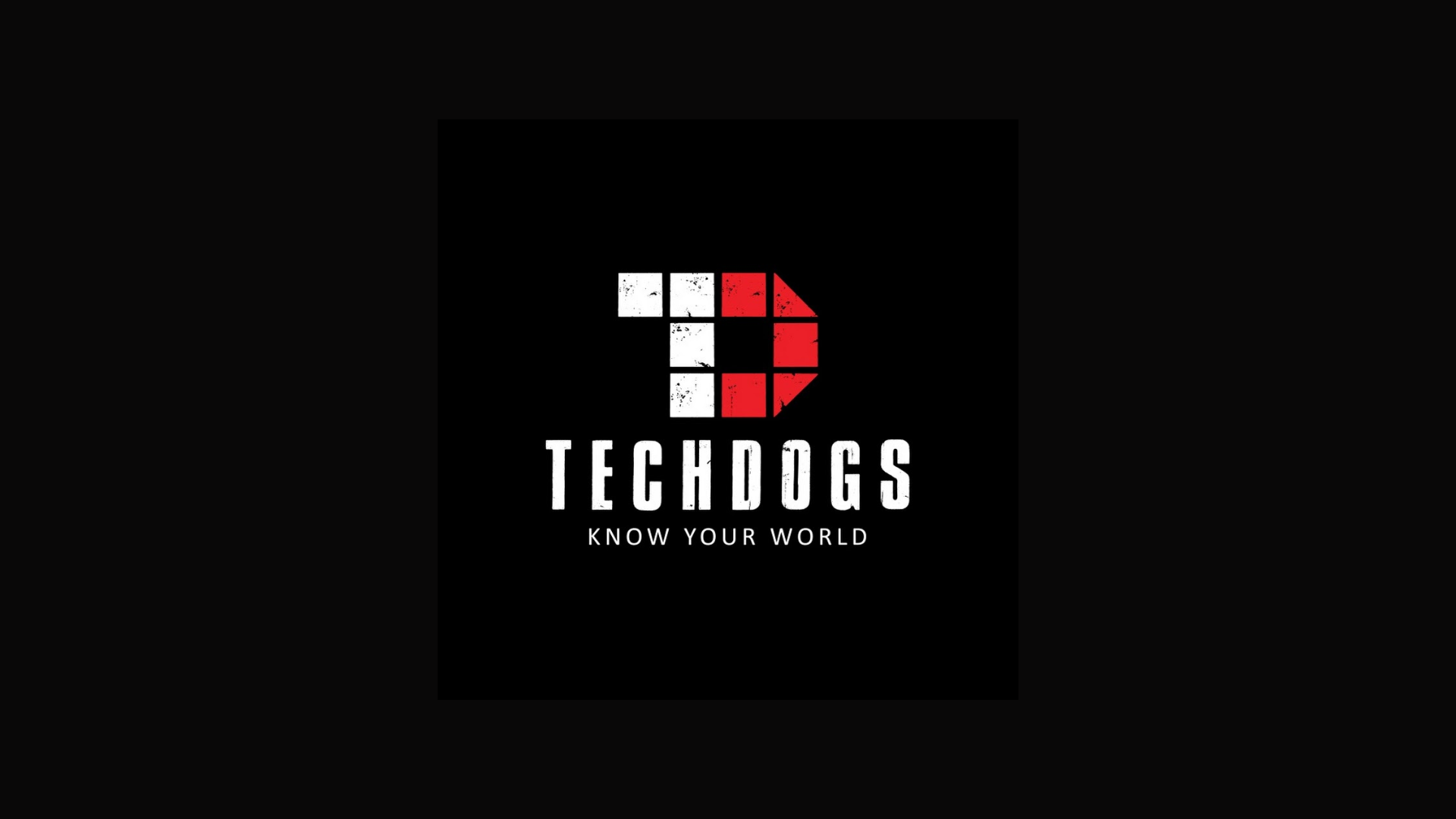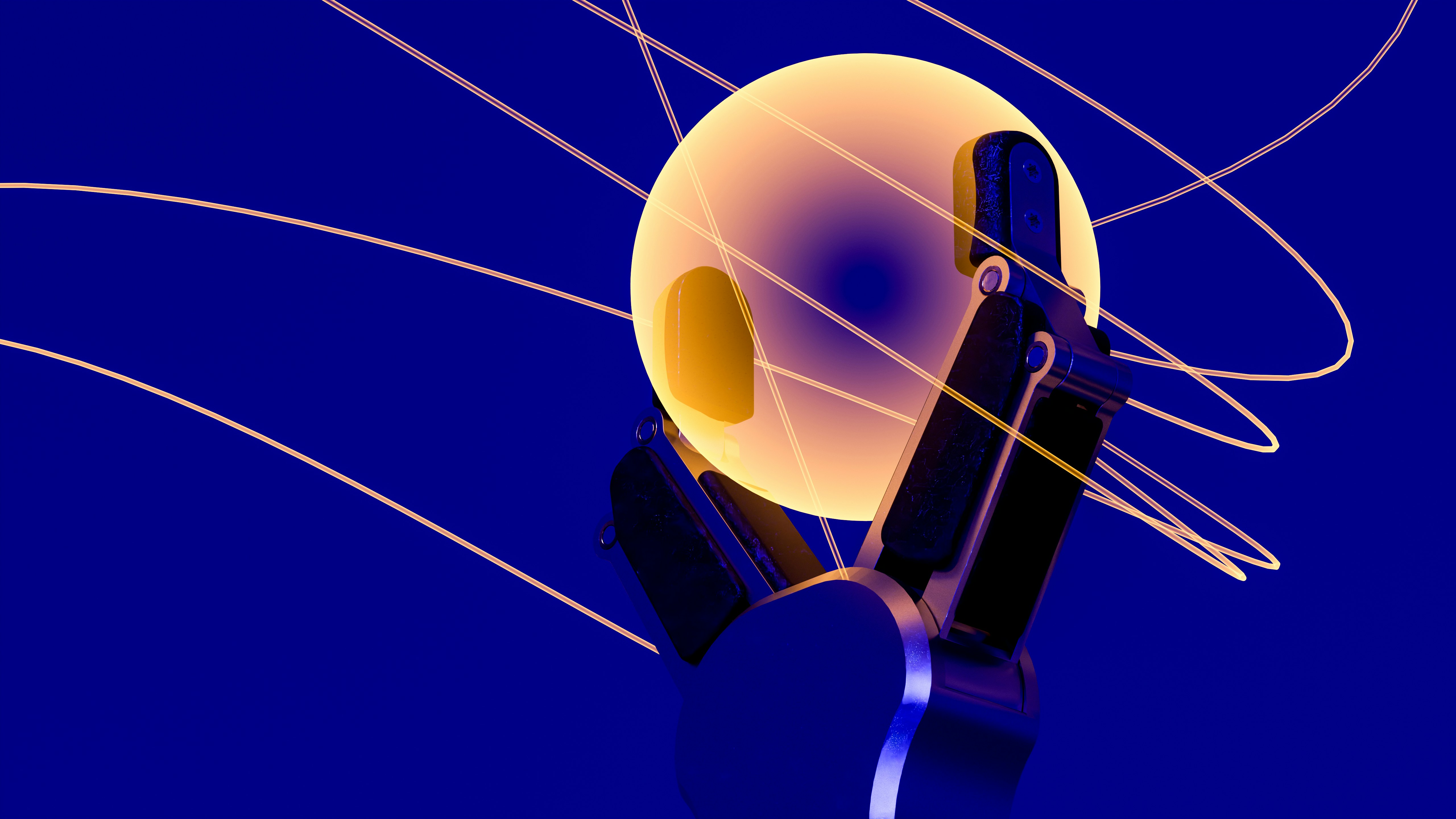For those that haven’t worked out which one the lie is, don’t worry. You’ll know by the end of this piece.
We are rapidly approaching a future where human cognitive capital is no longer required in the execution of day-to-day marketing tasks. The creation of multi-media content, the optimisation of ad distribution, data aggregation and analysis, the automation of customer journeys, even pitching stories to journalists already have dedicated AI agents. Reaching optimum efficiency for these tools is only a matter of time.
Faced with this paradigm shift, we are forced to ask an urgent question: what is left for us to do?
The answer is not to become better machine operators, but to evolve into something that AI is not. A master of integrated thinking. A channel agnostic, idea centric marketing practitioner. One that knows how to get tell a story and how to atomise that story across multiple channels in multiple formats. One that is behaviour-led, not KPI-led.
In an automated future, our value lies not in execution, but in the synthesis of data, objectives, channels, formats and ideas.
True integrated marketing is, and always will be, idea driven. An AI can be prompted to generate a thousand variations of an idea that already exists, but it cannot perform the high-level conceptual synthesis required to conceive of an original big idea or creative platform. An AI cannot ‘read’ a client to understand the tone and context in which an idea must be presented in order for it to be signed off.
This is the uniquely human skill: to find a singular, powerful articulation of an idea that works across multiple channels and in multiple iterations throughout the funnel.
This skill for synthesis and for shaping one idea in multiple dimensions simultaneously is precisely what B2B tech companies need to align with buying behaviours. The ability to create a compelling comms platform that can inform a PR story, expand a brands’ purpose, reinforce an engineering teams’ thought leadership reputation and fuel a demand generation engine at the same time is priceless when tech buyers use 14 different touchpoints to make decisions.
While AI will manage the linear tactical distribution, the integrated marketer can provide the unifying concept that brings together the disperate strands of creative, differentiation, customer-centricity, brand narrative and content formats to ensure that every action and every piece of content serves the same objective.
This process is not a function of a clean, logical algorithm. It is a messy, beautiful, unpredictable endeavour that relies on identifying and balancing opposing forces contradictions.
It requires both data and inspiration; the rigour of deep analysis combined with the intuitive spark of a tangential connection. It depends on both organisation and chaos; the structure to define a problem and the creative freedom to find an original solution.
AI will become an indispensable partner in providing the data and the organisation, handling the creation and distribution of content with precision.
But the unifying idea, the understanding of how to use that idea to persuade buyers and the ability to envision how that must look as an ecosystem of content; these things are the integrated heart of all good marketing. Marketers alone can achieve these things.
The future of the marketing profession is not one of obsolescence, we are more needed than ever. As tactical execution becomes a commoditised function handled by AI, strategic planning, original thinking and conceptual synthesis will be reinforced and reinstated as the most important marketing skills.
The marketer of tomorrow will be valued not for the volume of content they can oversee, but for the quality and resonance of the integrated idea they can architect. They will be the weavers of narrative, the architects of brand, and the indispensable human heart of an increasingly automated machine.












